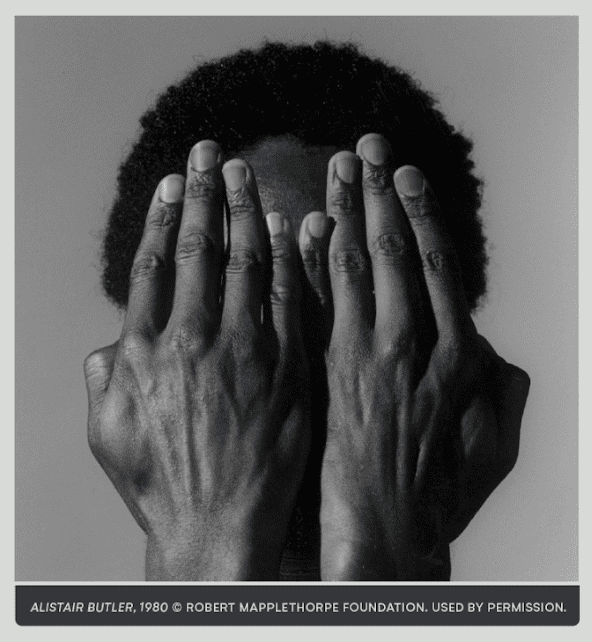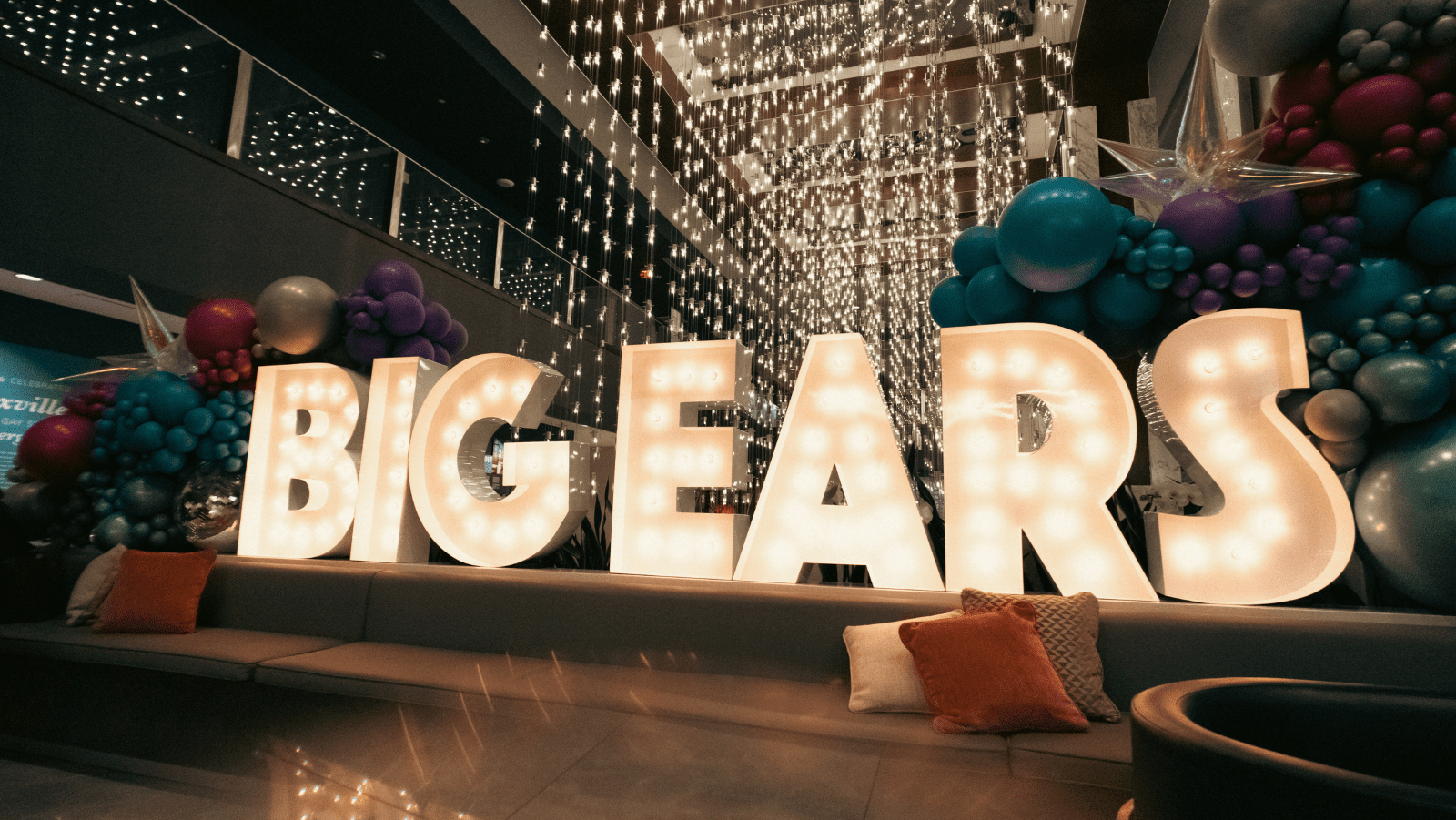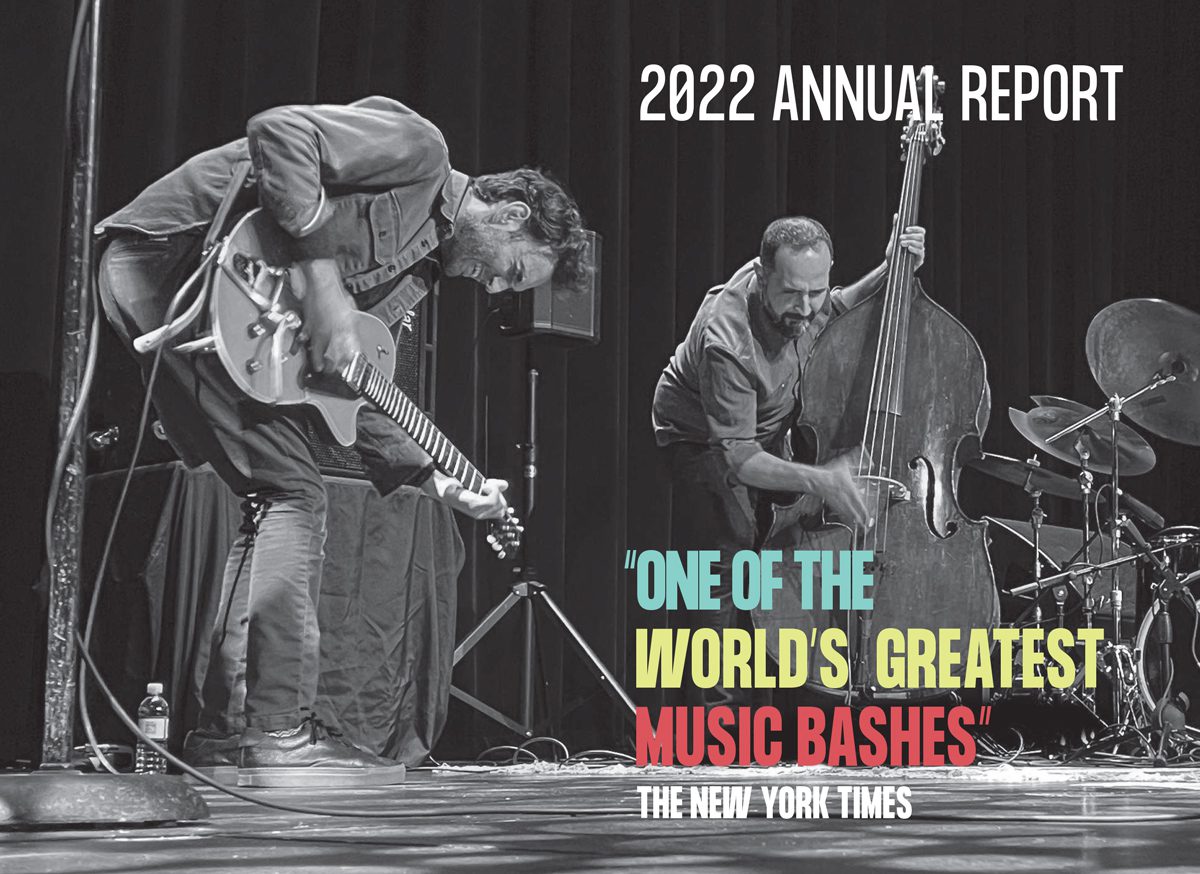Reexamining Robert Mapplethorpe’s Revolutionary Work in Triptych
Bryce Dessner was barely a teenager when the cops came for the art in his hometown.
In 1990, the Cincinnati Contemporary Arts Center welcomed a large touring retrospective of the photographs of Robert Mapplethorpe, the late New York artist whose bold black-and-white images captured flora, celebrities, nude bodies, nightlife, and erotic moments shared between men in sumptuous frames. Urged on by a censorious mob that included prominent conservatives like William F. Buckley and Jesse Helms, local authorities indicted both the museum and its director on multiple charges of obscenity and the nudity of minors. Though the museum ultimately won at trial, it was a telling moment about collective attitudes about art, free speech, and the sort of people such terms most readily protect.
Almost three decades later, Dessner—now an acclaimed composer, a longtime partner and former co-curator of Big Ears, and guitarist for indie rock band The National—is revisiting Mapplethorpe’s art and ethic in a groundbreaking multimedia show called Triptych (Eyes of One on Another). Dessner has composed music for a small chamber ensemble and the award-winning vocal ensemble Roomful of Teeth, with texts from emerging Southern playwright and poet Korde Arrington Tuttle, longtime Mapplethorpe confidant Patti Smith, and revolutionary poet Essex Hemphill. The songs will accompany projections of Mapplethorpe’s images, slowly rotating and allowing the audience to stare deeply into the frames for emotional and social resonance. This is the first time Mapplethorpe’s family has allowed the use of his photographs in such a multimedia production.

One of the first performances after the world premiere at the LA Phil, Triptych will be performed at Big Ears 2019. It subsequently moves on to the Kennedy Center, the Brooklyn Academy of Music, and Canada’s prestigious Luminato festival. Its arrival in Knoxville—concurrent with a major new Mapplethorpe exhibition at the Guggenheim in New York—is a testament to Big Ears’ rising status as a premier presenter of new work in the American South.
“For me, there’s this idea of slowing down our visual metabolism so that the photographs continue to reveal themselves. These photographs are a very active landscape, so you can sit in front of these still images for a long time without it becoming boring,” says Triptych co-director Ashley Tata. “What Mapplethorpe has composed has allowed us to do that. It is a feast for the eye—like a Rothko, it’s meant to be perceived as a full-body experience.”
In that spirit, neither the music nor the text of Triptych are didactic or strictly synchronized to the photographs filling the Tennessee Theatre. They are, instead, frames meant to facilitate thought and feeling and put Mapplethorpe’s work within a larger context. At this moment of great national polarization, when it seems that our progress in regard to openness and acceptance may not be as evolved as we once assumed, it is a timely invitation to look again at familiar taboos and topics.
“You sit and continue to look at these images and consider how your feelings change as these images move through your body,” Tata says. “The music Bryce has written opens up a new set of cultural, emotional, and intellectual responses as you see them.”




